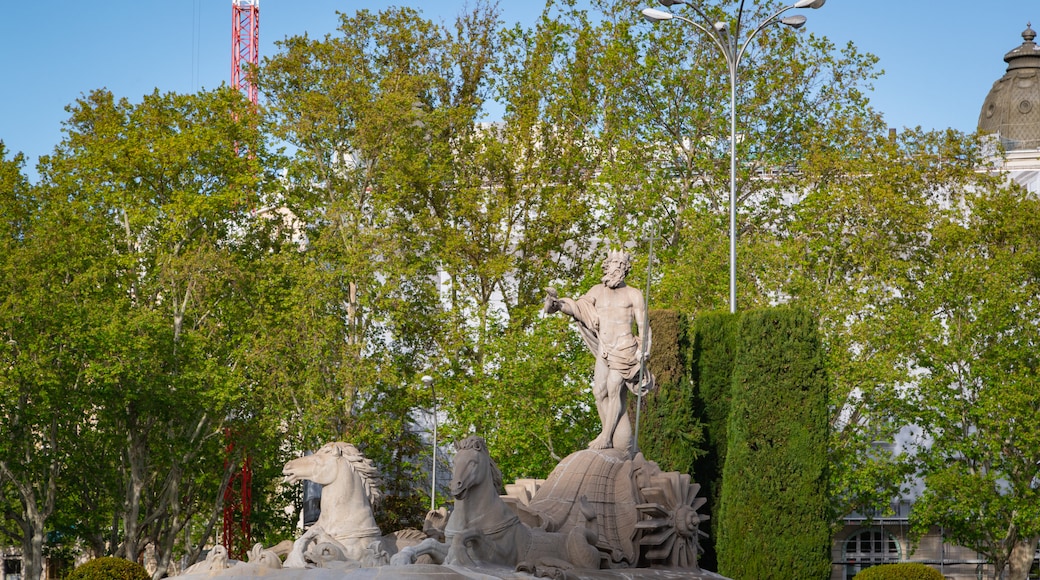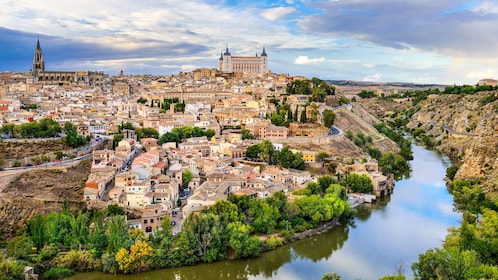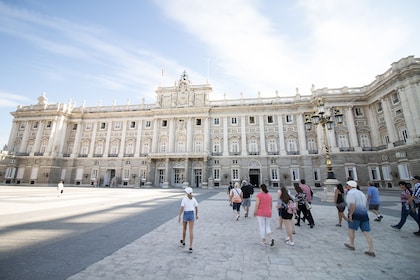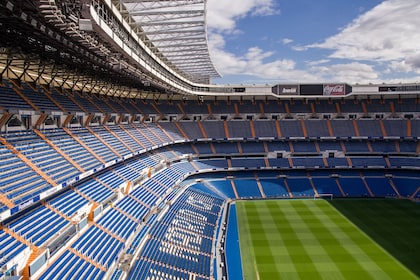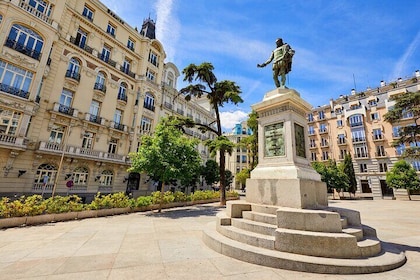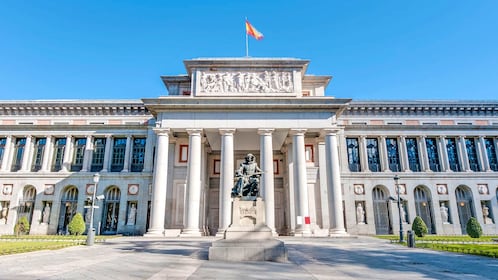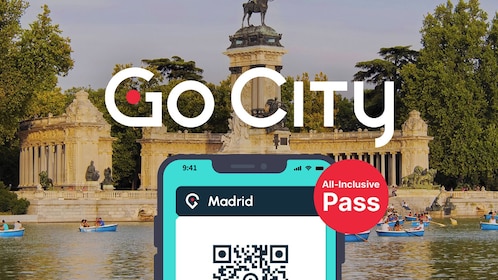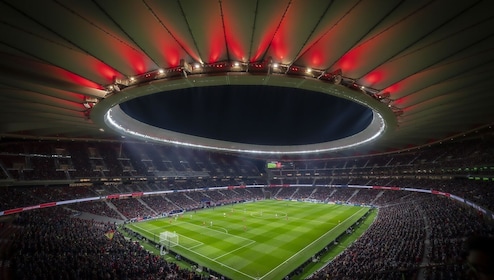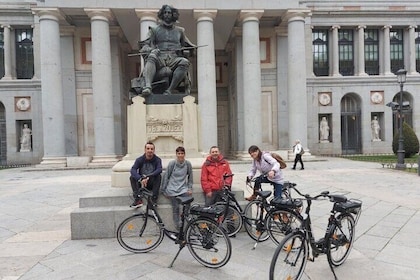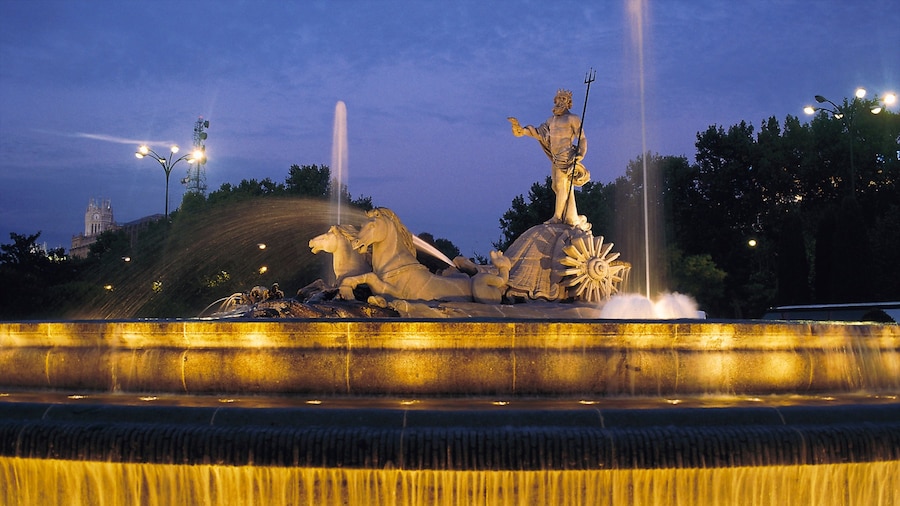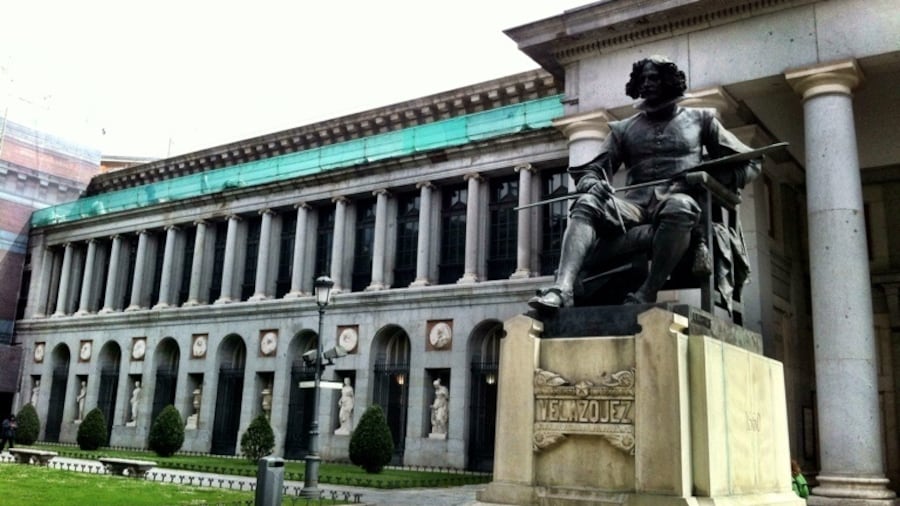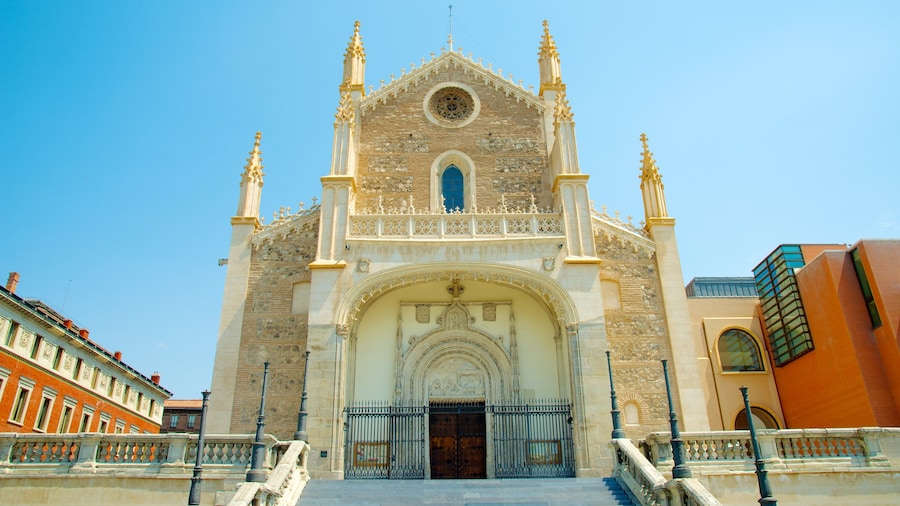Snap photos of this emblematic fountain, which represents a mythological Greek god and is the perfect complement to the resplendent buildings of the Paseo del Prado.
The Fountain of Neptune (Fuente de Neptuno) is the centerpiece attraction of Madrid’s Plaza de Canovas del Castillo. King Charles III commissioned this representation of the sea-god Neptune as part of the Paseo del Prado, a boulevard that showcases Spain’s imperial wealth. Spend time admiring the intricate craftsmanship of the fountain. Afterwards, visit some of the museums, monuments and parks that make up one of the most famous areas of Madrid.
Sculptor Juan Pascual de Mena started work on the fountain in 1780 and it was completed by José Rodríguez in 1786. Originally it faced Cibeles Fountain, which depicts the Roman goddess of fertility, in Plaza Cibeles. Today, fans of Atletico Madrid soccer club celebrate their victories in front of Neptune while those of Real Madrid do so in front of Cibeles.
This marble neoclassical monument shows Neptune standing on a shell-shaped carriage and being pulled by two hippocampus seahorses. Neptune is half-dressed in a robe and has a trident in his left hand and a snake in his right. The hippocampus symbolise storms and the wild seas. Sculptures of dolphins and seals appear to be swimming next to the carriage.
Watch as jets shoot water high into the air and create an image of the god rising out of the sea. The water cascades continuously into two circular pools, the lower of which is surrounded by manicured trees. Visit in the evening, when lights elegantly illuminate the pools and sculptures.
Set at the heart of the Paseo del Prado avenue, the fountain is a great base for visiting other major city attractions. Browse world-class art exhibitions at the Prado Museum and Thyssen-Bornemisza Museum. Stroll north through a leafy park to see the Apollo Fountain and Cibeles Fountain.
Reach the Fountain of Neptune in about 15 minutes on foot from Puerto del Sol. Banco de Espana is the nearest metro station. Plaza de Canovas del Castillo is a busy traffic roundabout and there’s no direct access to the fountain.
